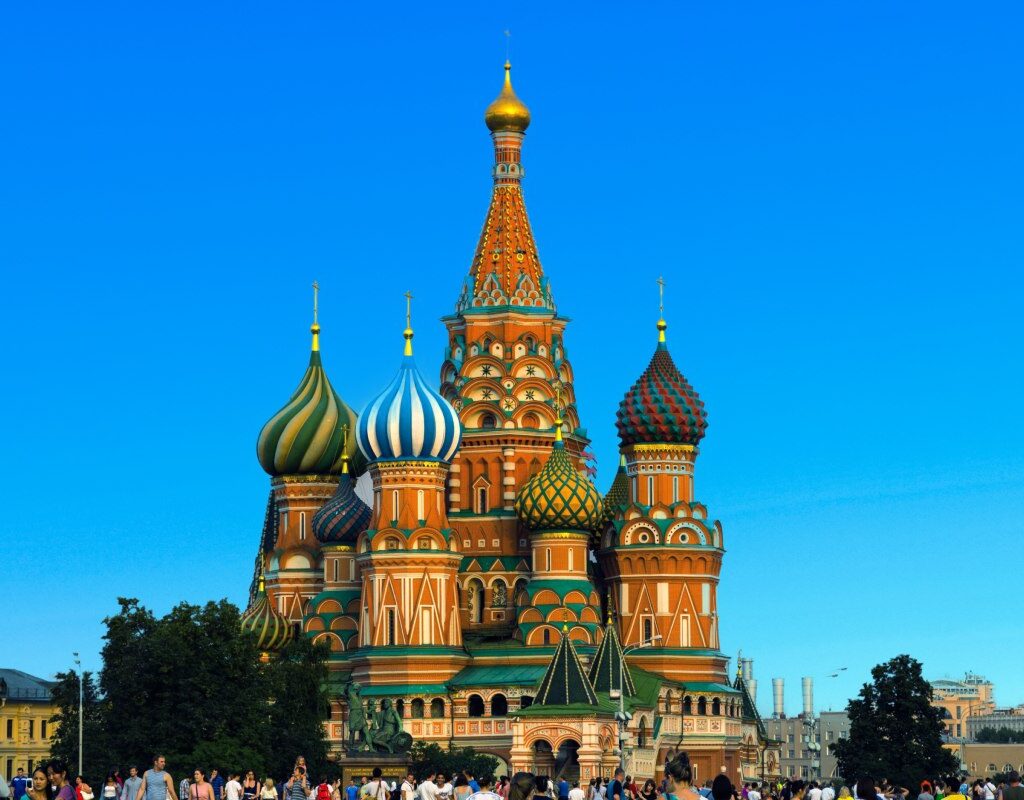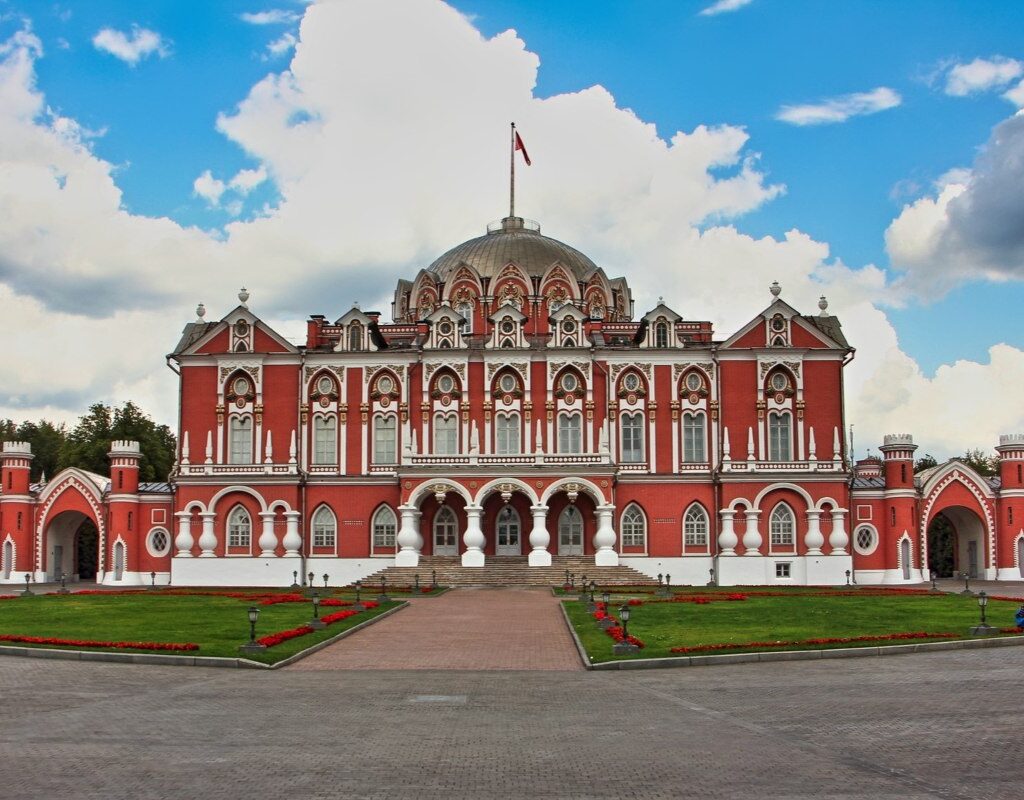Recognized as one of Moscow’s most cherished treasures, St. Basil’s Cathedral is an enigmatic and exquisite masterpiece. Its history, woven into the victories of Tsar Ivan the Terrible, its resilience against fires, wars and demolition plans, all contribute to a narrative embodied within St. Basil’s very structure.
Exploring St. Basil’s Cathedral: A Fusion of Mystique and History in Moscow’s Heart
The cathedral’s striking and diverse visage has established it as a symbol of Russian culture, appearing in television broadcasts, films and travel publications and etched in countless memories. Yet, what do we genuinely understand about this impressive structure and what mysteries lurk behind its vibrant walls and distinctive domes?
Commissioned in 1554 by Tsar Ivan the Terrible, a ruler renowned for his fearsome reputation, the cathedral was constructed as a tribute to his victory over the Kazan Khanate, thus fulfilling a vow made years prior. The consecration of the Cathedral on July 12, 1561, was far from ordinary; its intricacy mirrors a Tsar’s desire to leave an unparalleled legacy. Its construction was a decades-long endeavor, with multiple expansions adding layers to its architectural design and historical significance.
Contrary to what one might presume, the Cathedral is not a single entity but consists of nine independent chapels.
Each chapel is dedicated to a saint whose feast day aligns with one of Ivan the Terrible’s military triumphs. The central tower, linking these chapels, imparts a unified facade to the ensemble.
The Legend of St. Basil’s Cathedral
Legend, often a bearer of grand narratives, suggests that the Tsar was so awestruck by the cathedral’s final rendition that he commanded its chief architect, Posnik Yakovlev, to be blinded. This cruel act was alleged to ensure Yakovlev would never recreate such a magnificent masterpiece. However, the truthfulness of this tale remains disputed, as Yakovlev is mentioned in historical records as the architect of other churches and even the Kazan Kremlin.
The cathedral’s architect’s identity also contributes to the enigma: was Yakovlev, also referred to as Barma, the “stammerer,” truly the genius behind this majestic structure or was it Italian architects, brought in by the Tsar, who birthed this architectural marvel?
The cathedral’s name adds yet another layer to its mysteries. Initially, it was known as the “Mantle of the Virgin,” blessed on October 1, a day dedicated to this celebration. So, how did it come to be known as “St. Basil’s Cathedral”?
St. Basil, a “holy fool for Christ” and a revered figure in Russia, was seemingly the only individual Ivan the Terrible feared. Upon Basil’s death, the Tsar ordered him to be interred in the Church of the Holy Trinity. In 1588, his remains were relocated to the Cathedral of the Virgin’s Mantle and a chapel was erected over his grave. From that point, the edifice became known as St. Basil’s Cathedral.
St. Basil’s Cathedral: A Resilient Monument to Fires, Invasions and Demolition Schemes
Throughout its existence, the cathedral has weathered numerous threats that nearly led to its downfall, including fires, Napoleon’s forces (who even used it as a stable!) and demolition plans orchestrated by Stalin’s associates.
As per a popular anecdote, Lazarus Kaganovich, tasked with the General Plan for Moscow’s renovation, proposed to Stalin a model of Red Square without the Cathedral. Stalin’s terse response was, “Lazarus, put it back in its place!”
For devotees of pop culture, St. Basil’s Cathedral also makes a cameo in the classic game Tetris. Designed in 1984 by Russian computer engineer Aleksei Pázhitnov, this globally beloved video game consistently starts its rounds with an image of St. Basil’s iconic domes.
Navigating through the labyrinth of history and mystery, St. Basil’s Cathedral stands firm as a mute testament to Russian history, an emblem of culture that continues to captivate with its enduring beauty and intrigue.




